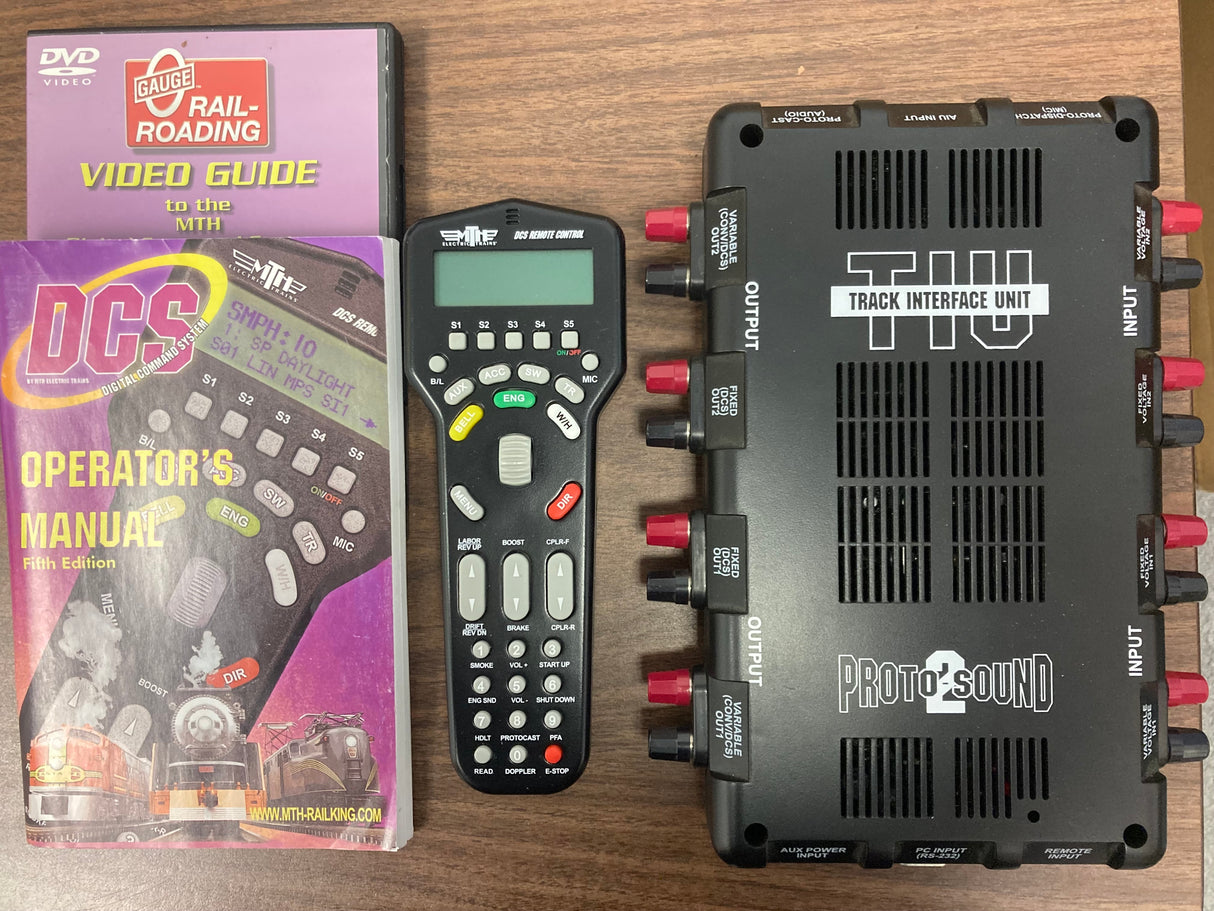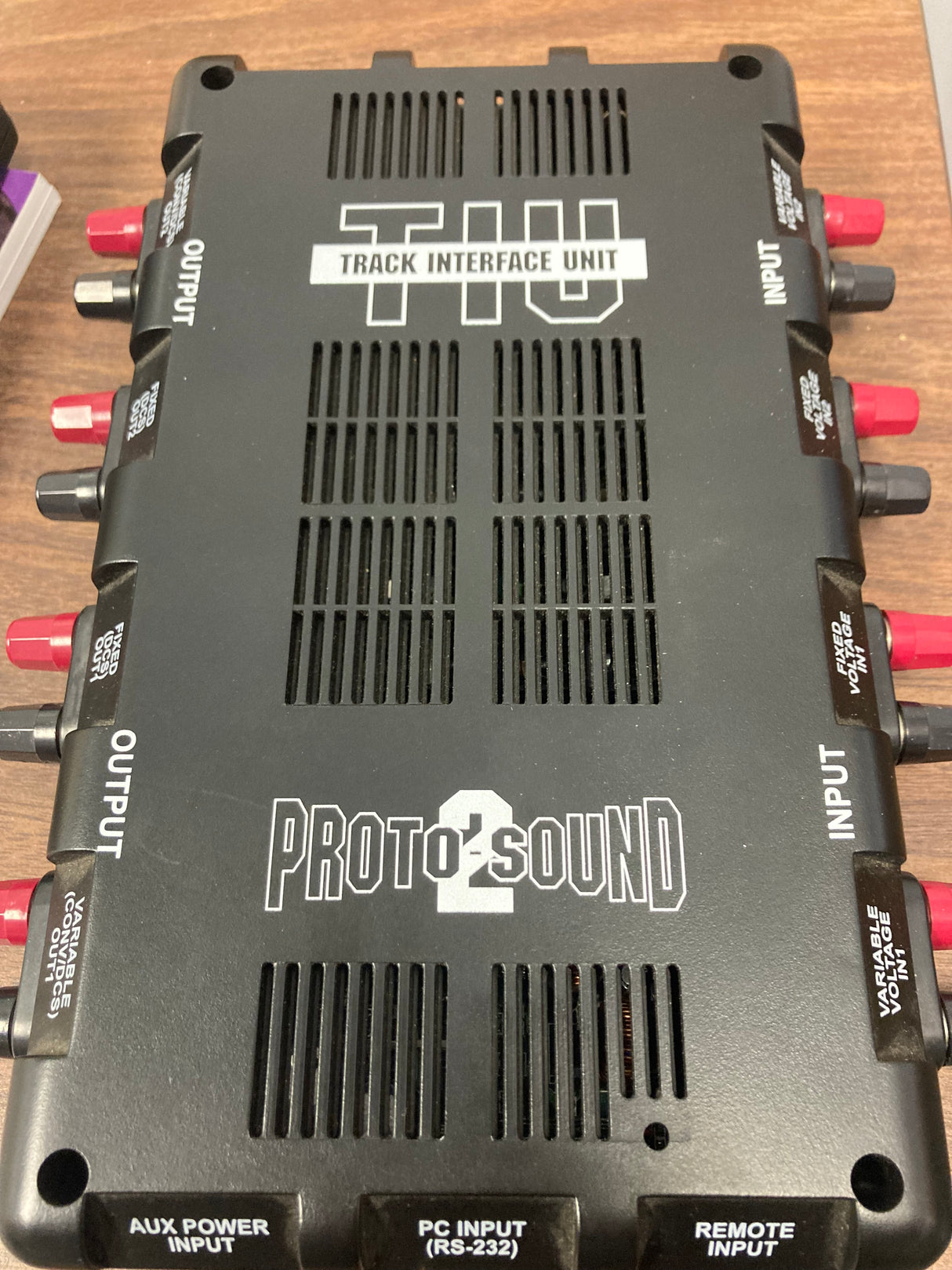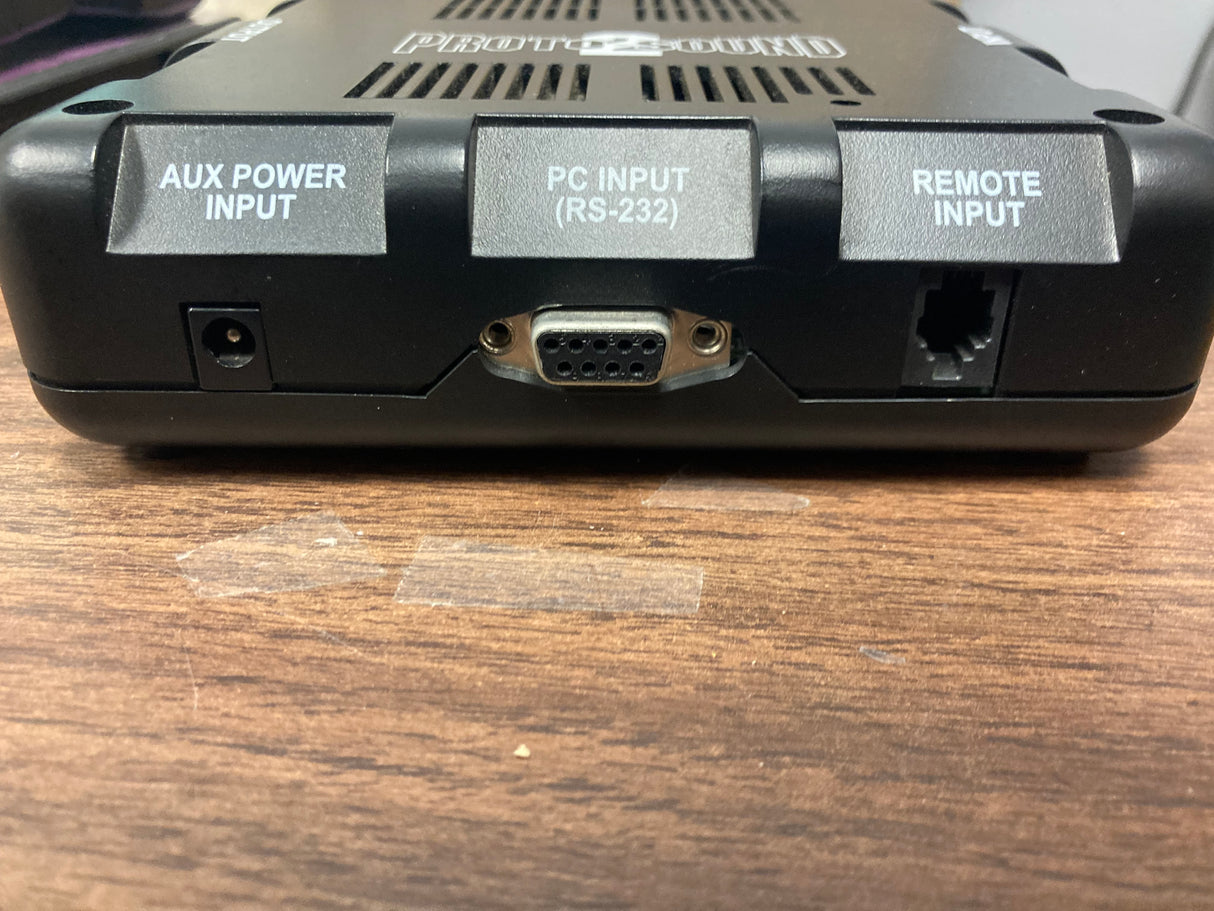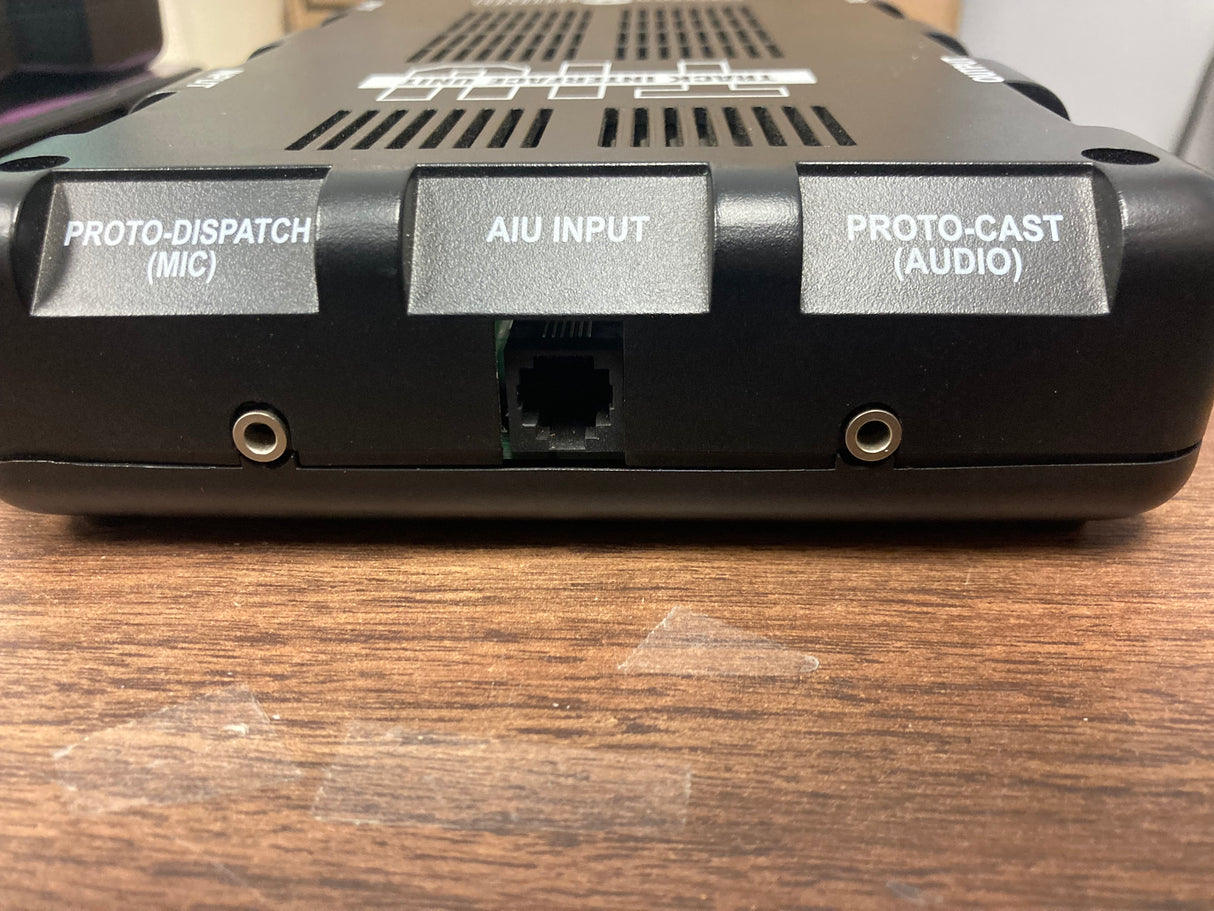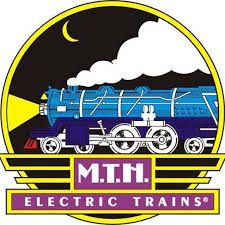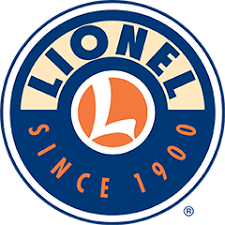MTH 50-1001: DCS Handheld & TIU
Description
Description
MTH 50-1001: DCS Handheld & TIU
Gently Used Item:
DCS Handheld is in excellent, used condition.
Comes with Original Owners Manul and DVD Instructional Video
DOES NOT come with original box
DCS offers more features than any other AC or DC operating system — features that are standard on every Proto-Sound 2.0 and 3.0 locomotive. Here’s just a partial list of what DCS offers:
COMMAND CONTROL
Operate up to 99 DCS-equipped engines independently at the same time.
WIRELESS HANDHELD THROTTLES
Run your whole railroad — locomotives, switches, accessories, everything — from one or more DCS handheld remotes. When you have guests, give each visitor a DCS handheld and let them control their own engine. An LCD screen indicates which engine you’re controlling and its current speed.
MULTIPLE UNIT CONTROL
Just like the prototype, you can double- or triple-head locomotives, add or drop helper engines, or bring a train into the station with a mainline engine and then have a switcher break up the consist.
SWITCH AND ACCESSORY CONTROL
Add one or more optional AIUs (Accessory Interface Units) to control switches and accessories from the DCS handheld. To create specific routes — an exit from a passenger station to the westbound main line, for example — you can program multiple track switches to throw with a single command.
PROGRAMMABLE LAYOUT OPERATION
Record up to 90 minutes of DCS speed, direction, sound, and accessory commands as a program that your layout can repeat on demand. Use this feature to run trains automatically on one part of your railroad while you manually control another area.
PRECISE SPEED CONTROL
Set engine speed in one-scale-mile-per-hour (smph) increments, from a 3 smph crawl to 120 smph. Your scale speed is indicated on the DCS handheld. And like the cruise control on a car, Proto-Speed Control™ keeps your train moving at the speed you select, regardless of hills and curves. You can even switch off the speed control if you prefer.
BI-DIRECTIONAL COMMUNICATION
Proto-Sound engines not only receive DCS commands, they can report back vital information, trigger other devices to operate, and diagnose your layout’s wiring and signal quality. Query a locomotive to find out how many scale miles it’s run, for example. Measure your track in scale miles. Or check DCS signal strength at a specific location.
UPGRADABLE SOFTWARE
Unlike DCC, Legacy, or any other command system, DCS is designed to be upgradable for free over the Internet. The latest software can be downloaded to any DCS system ever made, so new features can be added and your investment will not become obsolete.
Command Control Explained
In conventional operation, an AC or DC transformer varies track voltage to adjust engine speed and direction. Command systems such as DCS, however, put a constant voltage on the track (around 18 volts for DCS) and vary speed by telling each engine how much of that voltage to use. Command control allows different engines to do different things — like run at different speeds, go in different directions, or make different sounds — even when they are on the same track.
In the DCS system, commands such as speed, direction, and sound control are sent as radio signals from the handheld throttle to a TIU (track interface unit). The TIU translates those radio signals into digital information that is sent through the rails and picked up by a receiver in the appropriate engine — telling it to go, for example, 37 miles per hour, blow the whistle, smoke more heavily, or any other command. DCS locomotives can also send information back to the handheld to let the operator know what they’re doing.
Wireless Remote Handheld
- MICROPHONE - Broadcast your voice from a locomotive with Proto-Dispatch™
- LCD DISPLAY
- SOFTKEYS - Activate locomotive features
- MIC - Turns Proto-Dispatch™ on & off
- TR - Track menu (Access various tracks / blocks on your layout, for conventional AC mode)
- START UP - Plays engine startup sequence, activates sound, smoke, and lights
- Programming Port - For attaching tether between remote and TIU for programming new software features
- SW - Switch menu (turnout control)
- CPLR-F/CPLR-R Fires front & rear couplers
- THUMBWHEEL - Throttle & selection (scroll & press) tool DIR - Changes locomotive direction
- W/H - Blows whistle/horn
- DIR - Changes locomotive direction
- DOPPLER - Activates
- Proto-Doppler™
- E-STOP - Emergency Stop cuts power to all tracks
- PFA - Activates
- Passenger Station/Freight Yard Sounds
- SHUT DOWN - Plays engine shut down sequence, turns off sound, smoke, and lights
- START UP - Plays engine startup sequence, activates sound, smoke, and lights
- Programming Port - For attaching tether between remote and TIU for programming new software features
- B/L - Screen backlight on/off
- ACC - Accessory menu
- BELL - Rings bell
- ENG - Engine menu (to select and control engines)
- MENU - Access 4 main menus: Sound, Control, System, Advanced
- LABOR/REV UP OR DRIFT/REV DN Makes an engine sound like it's working harder (labored steam chuff or higher revving diesel) or easier (drifting chuff or lower revving diesel)
- BOOST/BRAKE Temporarily Raises or Lowers Speed
- SMOKE - Turns smoke unit on & off
- VOL+ - Globally increases all sounds
- VOL - Globally decreases all sounds
- ENG SND - Silences engine sounds
- HDLT - Turns headlights on & off
- PROTOCAST - Activates Proto-Cast™ for playing external music or sound effects through an engine
- READ - Search for TIUs, AIUs and Proto-Sound® 2.0 or 3.0 engines on the track
TIU-Track Interface Unit
- Proto-Cast (Audio) Connect any audio source using optional mini-to-mini cable (50-1009) and
broadcast through engine - OUTPUTS
• Two channels constant voltage DCS command power (AC or DC) • Two channels conventional
(variable voltage) or DCS command power (AC only) - Proto-Dispatch (input for optional auxiliary microphone)
- AIU Input
- FIXED INPUTS up to two AC or DC transformers
- VARIABLE INPUTS up to two additional AC transformers
- Remote Input for programming new software features
- Serial Interface (RS-232)
- Aux Power Input
Payment & Security
Payment methods
Your payment information is processed securely. We do not store credit card details nor have access to your credit card information.
